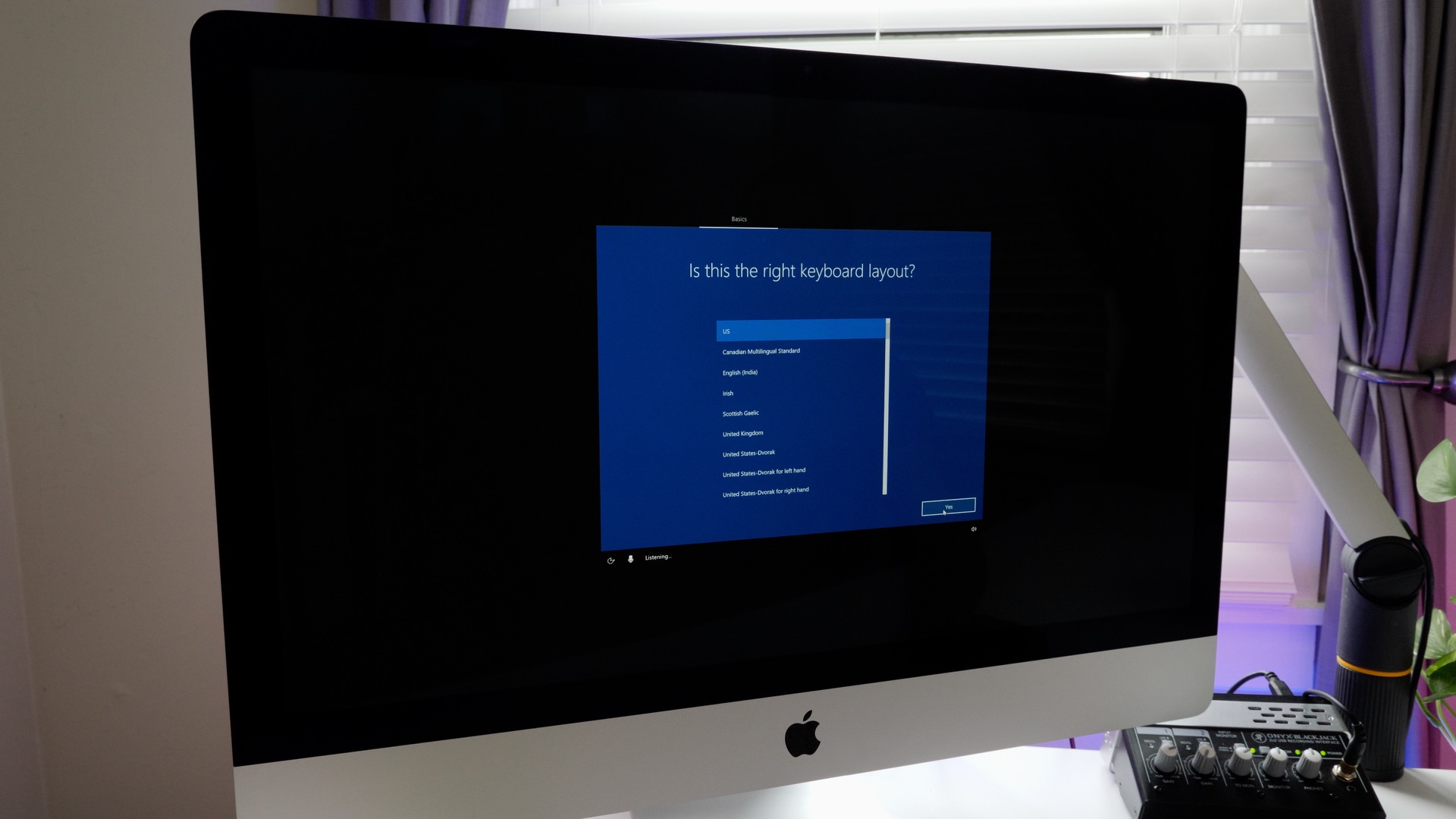

- #Apple boot camp virtualization type how to
- #Apple boot camp virtualization type mac os
- #Apple boot camp virtualization type full
#Apple boot camp virtualization type mac os
I should have chose that I've never used Windows apps on my Mac because I have been using the Mac OS cold turkey since I left Windows 98 where it belongs, in the Recycle Bin.
#Apple boot camp virtualization type how to
Once again, you will have to know how to install Windows natively and have a valid Windows license and installation media to get this to work.I voted for the "Use Virtualization but could live without it". Just choose the installation guide that is applicable to your Mac to make it happen.

The installation guides for Boot Camp can be found here on Apple’s support site. Also, using Windows 7 natively on a Mac is pretty great and can prove to be a better user experience than most of the high-end PCs that are available. The benefits of using this type of setup is that you get to use the power of your Mac to run Windows, rather than using a less powerful virtual machine because it doesn’t have to share resources with the “host” operating system. This gives you the ability to boot into either OS X or Windows when you turn your compter on. For this type of user I suggest using Apple’s Boot Camp to install Windows on a totally separate partition on your Mac.
#Apple boot camp virtualization type full
While virtualization is a great way to use your Windows apps alongside your Mac apps, some power users may want the full power of their Mac hardware to run Windows. ⌄ Scroll down to continue reading article ⌄ Boot Camp Where you can run into issues with the virtual machine is when you are trying to virtualize certain hardware components and setups, but for most users, they will never have to touch these options. The creation of the virtual machine (especially with Parallels and VirtualBox) is pretty straightforward. The process basically includes installing the virtualization software, creating a new virtual machine, and then installing Windows on the new virtual machine. Virtualization is a great way to use Windows on your Mac but can be a little bit of a bear to setup, especially if you aren’t familiar with virtualization at all. But, if you want virtualization done for free, you may want to look into VirtualBox that was originally created by Sun and is now owned by Oracle. There are a handful of great virtualization suites out there including Parallels Desktop ($79.99) and VMware Fusion ($49.99). If you don’t want to remotely access your PC, keep Windows with you on your Mac, and have the ability to use your Windows apps next to your Mac apps, then virtualizing Windows inside of OS X is the way to go. Simply enter your IP, click connect, and you are good to go.

If you are on a local area network with the Windows computer that you just allowed to be remotely accessed, all you need is the computer’s IP and that it be turned on to access it from the Remote Desktop Connection application from Microsoft. One the System properties dialogue under the Remote Desktop heading, choose Allow connections from computers running any version of remote desktop.Under Tasks to the left click Remote settings.Click the start button and in the search box type “Control panel” and hit Enter.Click the Remote tab, and then click to select “Allow users to connect remotely to this computer”.Click Start and then right-click My Computer.⌄ Scroll down to continue reading article ⌄ XP


 0 kommentar(er)
0 kommentar(er)
